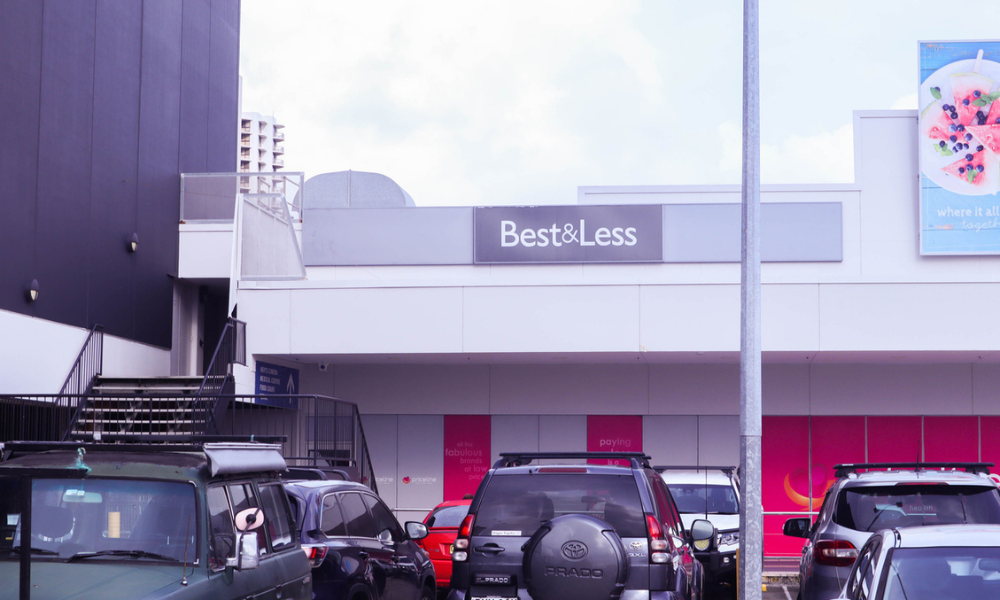Australian workplaces are being encouraged to review and refresh their workplace practices and culture
.jpg)
With the start of the new financial year, many Australian organisations are in the midst of reviewing and refreshing their workplace practices and culture.
In response to this, global HR think-tank Reventure has devised five strategies that address the workplace challenges organisations will face this financial year.
These five HR solutions have been comprised from two recent research pieces, Delivering Purpose and Meaning and Renewing Australian Workplaces, which takes a closer look at 2017 workplaces, said Dr Lindsay McMillan, lead researcher for Reventure’s campaign a future that works.
“Workers are the most valuable asset of any workplace and as such, the financial year should also mark a time when leaders take a closer look at their workplaces and renew them for next year,” said McMillan.
“Increasing productivity is no longer viewed in archaic terms such as longer working hours but how the workplace can effectively understand and harness employee’s individual talents.
“Each year, the bottom line is the focus of reporting and the measurement of success – leaving little time for visionary thinking or employee development which can also genuinely grow the organisation.”
Reventure offer the following five strategies to address workplace challenges:
1. Talk in terms of purpose not results – a common pitfall among organisations is to solely motivate workers with financial outcomes or competition. With our research finding that the next generation is increasingly looking for purpose at work, leaders will need to actively foster an understanding of how an employee’s personal attributes such as their abilities and values uniquely equip them to do their work well.
2. Articulate a narrative – while understanding what drives your employees, make sure your organisation has a purpose to which employees can align themselves to. This doesn’t have to be a struggling rags-to-riches organisational story, but simply what makes your organisation and your workplace different.
3. Goals are better than roles – job descriptions are over, it is time for job landscapes. Instead of a list of KPIs and direct reports, job landscapes outlines a list of end goals assigned to an employee and the way in which these goals interconnect and relate to the goals of others. This promotes a more connected and understanding workplace culture.
4. Follow the leader – in this rapidly changing work landscape, business leaders and managers often set and model the workplace culture. Organisations must ensure they equip this executive level with the soft skills of transformational leadership in which leaders work with employees to identify needed change, create a vision forward and executes the change.
5. Resurrect creativity – in a bid to complete work efficiently, creativity and innovation can often take a backseat. Carefully select teams for projects to ensure workers collaborate and learn from others with different skills sets or encourage workplace huddles which allows for short bursts of creative internal input to solve problems.
Related stories:
Why you need a wellbeing strategy and what this looks like
Does sacrificing vacation time lead to career success?
How three organisations have been courageous in change
In response to this, global HR think-tank Reventure has devised five strategies that address the workplace challenges organisations will face this financial year.
These five HR solutions have been comprised from two recent research pieces, Delivering Purpose and Meaning and Renewing Australian Workplaces, which takes a closer look at 2017 workplaces, said Dr Lindsay McMillan, lead researcher for Reventure’s campaign a future that works.
“Workers are the most valuable asset of any workplace and as such, the financial year should also mark a time when leaders take a closer look at their workplaces and renew them for next year,” said McMillan.
“Increasing productivity is no longer viewed in archaic terms such as longer working hours but how the workplace can effectively understand and harness employee’s individual talents.
“Each year, the bottom line is the focus of reporting and the measurement of success – leaving little time for visionary thinking or employee development which can also genuinely grow the organisation.”
Reventure offer the following five strategies to address workplace challenges:
1. Talk in terms of purpose not results – a common pitfall among organisations is to solely motivate workers with financial outcomes or competition. With our research finding that the next generation is increasingly looking for purpose at work, leaders will need to actively foster an understanding of how an employee’s personal attributes such as their abilities and values uniquely equip them to do their work well.
2. Articulate a narrative – while understanding what drives your employees, make sure your organisation has a purpose to which employees can align themselves to. This doesn’t have to be a struggling rags-to-riches organisational story, but simply what makes your organisation and your workplace different.
3. Goals are better than roles – job descriptions are over, it is time for job landscapes. Instead of a list of KPIs and direct reports, job landscapes outlines a list of end goals assigned to an employee and the way in which these goals interconnect and relate to the goals of others. This promotes a more connected and understanding workplace culture.
4. Follow the leader – in this rapidly changing work landscape, business leaders and managers often set and model the workplace culture. Organisations must ensure they equip this executive level with the soft skills of transformational leadership in which leaders work with employees to identify needed change, create a vision forward and executes the change.
5. Resurrect creativity – in a bid to complete work efficiently, creativity and innovation can often take a backseat. Carefully select teams for projects to ensure workers collaborate and learn from others with different skills sets or encourage workplace huddles which allows for short bursts of creative internal input to solve problems.
Related stories:
Why you need a wellbeing strategy and what this looks like
Does sacrificing vacation time lead to career success?
How three organisations have been courageous in change





